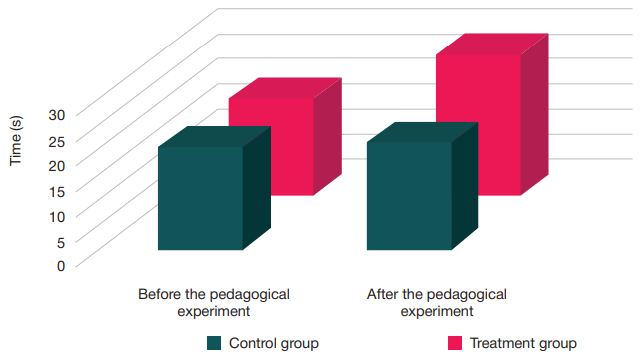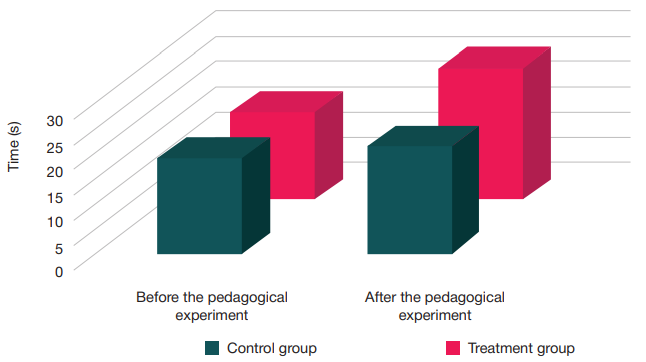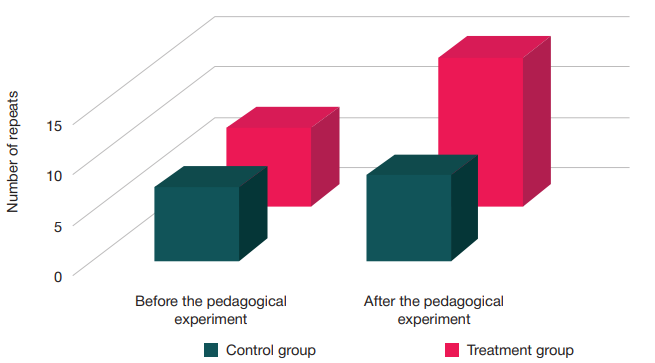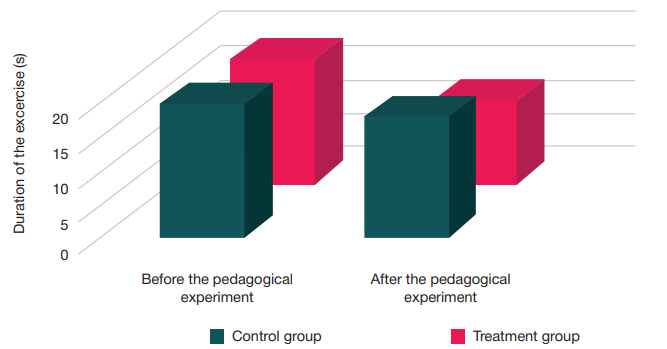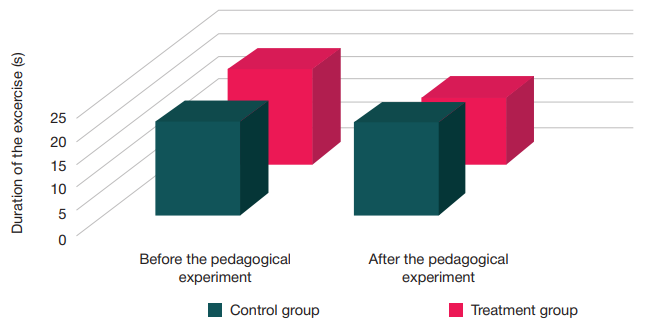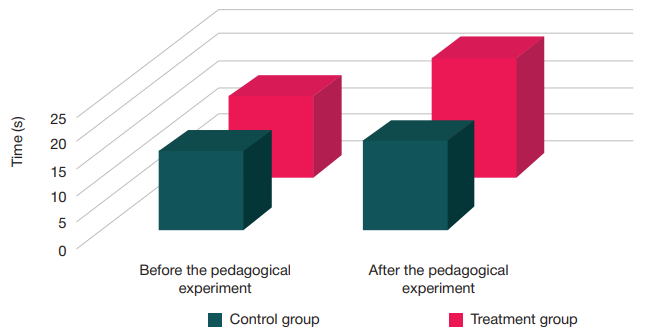
This article is an open access article distributed under the terms and conditions of the Creative Commons Attribution license (CC BY).
ORIGINAL RESEARCH
Efficiency of image visualization simulator technology for physical rehabilitation of children with cerebral palsy through play
1 Togliatti State University, Togliatti, Russia
2 Russian State Social University, Klin, Russia
3 Moscow City Pedagogical University, Moscow, Russia
4 FGBUZ MRTs Sergievsky Mineral Waters of FMBA, Samara Region, Russia
Correspondence should be addressed: Viktor V. Gorelik
Belorusskaya 14, Togliatti, 445020; ur.tsil@yogcel
Author contribution: Gorelik VV — study concept and design; Filippova SN — text writing and editing, statistical analysis; Belyaev VS — manuscript editing; Karlova EV — data acquisition and processing, statistical analysis.
